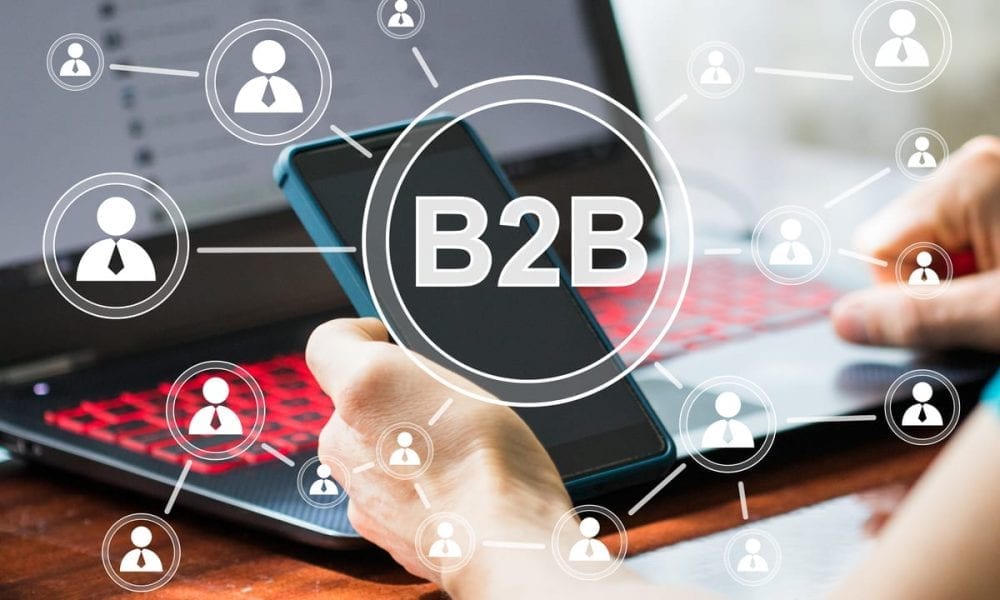
▲圖片標題(來源:pymnts.com)
Embracing this relationship can be an important part of modernizing B2B payments, particularly for small to medium-sized (SMBs) businesses. But companies continue to rely on paper checks, and enveloping businesses within AR/AP ecosystems is not necessarily an easy task for firms that rely on outdated tools.
Speaking with PYMNTS, Hamed Abbasi, co-founder and CEO of B2B payments platform Plooto, discussed the benefits of encouraging AR/AP connectivity and explored the biggest challenges ahead for the B2B payments sector as new ecosystems and networks emerge, competing for participation from both buyers and suppliers.
The Risk Of AR/AP Connectivity
A growing number of FinTech platforms are dedicated to easing friction in either accounts receivable or accounts payable. It is rarer to find a solution that tackles both. It’s no surprise, considering the historic silo that has separated the two.
According to Abbasi, managing risk in AR looks different from managing risk on the AP side of a B2B transaction, and encompassing risk management for both sides has been too complex to address simultaneously.
“It’s much easier to look at the risk on the AP side, whereas on the AR side the risk increases significantly,” he said.
For intermediary platforms, AP is about ensuring sufficient funds to pay for invoices. On the AR side, however, more complex challenges surface regarding a customer’s creditworthiness. Both, of course, also require compliance checks around anti-money laundering (AML) and know your customer (KYC) as well.
At the heart of these friction points, noted Abbasi, is the legacy and outdated payment infrastructures found in the U.S. and Canada, which slow down the movement of funds, limit the transfer of data and can ultimately heighten risk for either side.
“ACH in the U.S. and ESB in Canada — these were systems that were ... built in [about] the ’70s, and they’re being upgraded slowly, but there hasn’t been much innovation on them for many, many decades,” he said. “What that does is, in a lot of cases, increases the risk that exists ... [for] vendors defaulting on their payments, not being able to cover the funds before they clear.”
For Plooto, overcoming this challenge means integrating a range of sophisticated technologies to automate compliance checks and mitigate risk. But there is another factor to easing AR/AP connectivity that is brewing throughout the B2B payments arena: the creation of ecosystems.
轉貼自: pymnts.com
若喜歡本文,請關注我們的臉書 Please Like our Facebook Page: Big Data In Finance


留下你的回應
以訪客張貼回應